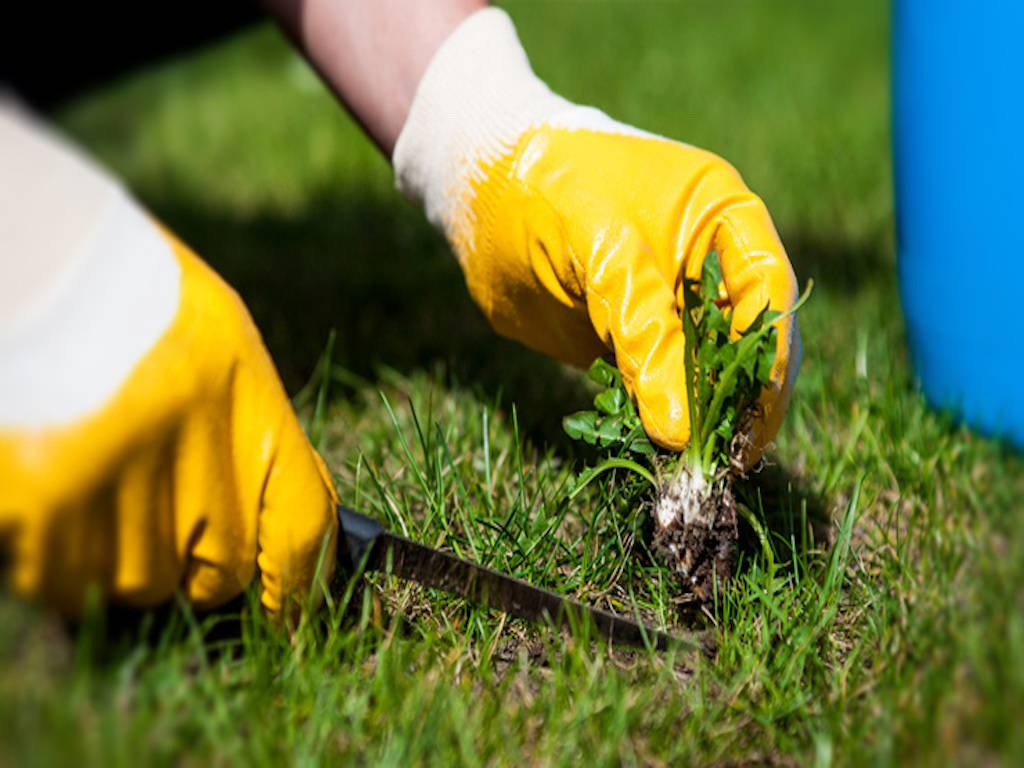
Weed control is the method of growing the weed population and development to a degree that does not cause economic damage to the crop while causing minimal environmental emissions. Weeds may be controlled using any appropriate weed control system, or by mixing two or more methods if necessary.
Weed Classification of Weed Management:
Weeds with similar morphological characteristics, life cycles, soil, water, climatic conditions, and so on are grouped together as a class or category. As a result, plant designation is useful for introducing weed control strategies for a specific category of weeds rather than against a single weed genus. Controlling a community of weeds is often more cost-effective and realistic than controlling a single weed type.
Weeds are found in 30,000 different animals all over the world. About 18,000 of these species are estimated to inflict major losses. Nutsedge (Cyperus rotundus) is first on the list of the world's worst weeds, followed by hariali (Cynodon dactylon).
By Rotation: Weeds are graded as either perennial or annual or biennial, depending on their rotation.
By origin: Many weeds in India have their origins in other parts of the world. For example, Convolvulus sp. is native to Eurasia, Cyperus is native to Euphorbia, and Lantana is native to Africa.
By Soil: On sandy and alkali soils, weeds like red sorrel, corn sporry, and bracken prefer to mix with weed flora.
By nature of the stem: Weeds are categorized as woody, semi-woody, or herbaceous plants based on the growth of bark tissues on their stems and branches.
Obligate Weeds: Weeds that emerge or occur mainly in a planted field where the soil is scattered commonly are known as obligatory weeds. Channel, for example.
Noxious Weeds: Noxious weeds are weeds that are unwelcome, problematic, and difficult to control. Nutgrass, Hariali, Parthenium, and Striga are examples.
Objectionable Weeds: Objectionable weeds are weeds that produce seeds that are difficult to distinguish until combined with crop seeds. For example, a mustard seed mixture made from Argemone Mexicana or Pivala Dhotra seeds.
Industrial Weeds: Industrial weeds are weeds that invade areas near homes, highways, railway lines, fence rows, electric and telephone pole bases, and so on. Parthenium, Reshimkata, Katemath, and so on are only a few examples.
Poisonous Weeds: Parthenium, Datura, Poison, ivy (Rhus sp), etc are examples.
By morphology: Weeds are divided into three divisions based on the morphology of the plant namely Grasses, Sedges, and Broad-leaved weeds.
Weed Control Principles of Weed Management
Prevent the spread of weeds in a given field. This prevention measure is, as far as possible, the most successful method of weed control.
-
Ensure the infected crop plants, feed, and equipment do not contain fresh weed seeds.
-
Keeping weeds from producing seeds
-
Keeping perennial weeds that reproduce vegetatively under control.
Weed problems can be significantly reduced by taking these steps.
Weed control:
It is the process of limiting weed infestation and reducing crop competition. Weeds have a minor impact on crop growth and yield when they are regulated. This theory, on the other hand, is helpful when there is a weed epidemic. It cannot be avoided.
Weed Control Measures of Weed Management:
Weed control in forage crop production can require a variety of methods. Nonetheless, almost all cannabis management strategies can be categorized into one of the five major groups. Weed regulation is divided into five categories:
Preventative weed control:
Preventative weed control is any method of preventing weeds from establishing themselves in a planted field, pasture, or greenhouse.
Below are the various steps that can be implemented:
-
Use clean seed.
-
Use well-decomposed compost and F.Y.M.
-
Get rid of the weeds before the flowers bloom.
-
Cropped areas, bunds, drainage drains, public areas, and other areas should be kept tidy and weed-free.
-
Feeding weed seeds-containing fodder and other materials to animals is not a good idea.
Cultural weed control:
Any form of weed control that includes managing field conditions such that weeds are less likely to develop and grow in number is referred to as cultural weed control. Example include crop rotation.
Mechanical or Physical methods of weed control:
For weed control, which involves the use of hand tools, instruments, and equipment that are controlled either by manpower or by computer power. These are time-consuming and expensive processes. Includes Dredging and Chaining, Digging, Hand Pulling or Hand Weeding, Tillage.
Tillage is one of the most popular methods for eliminating weeds of all kinds. Includes:
- Deep Ploughing: Deep ploughing exposes weeds to the sun's heat as well as burying them deep in the dirt.
- Discing: Weed cutting and burying are part of the job. Before sowing the field, harrowing with a blade harrow is very effective at killing freshly germinated weeds.
- Intercultural: Intercultural weeding with various forms of mechanical weeders is beneficial for controlling weeds in between crop rows.
- Mowing and Sickling: The implement mower is used to get rid of weeds. Sickling is the process of cutting above-ground sections of weeds with a sickle to discourage seed knowledge from being passed on to the next generation.
- Flooding: Flooding aids in the control of weeds such as Kans. The weeds get suffocated while they are immersed in water.
- Burning: Weeds are destroyed by burning in non-cropped areas such as wastelands, roadsides, and railway lines. By coagulating protoplasm and inactivating enzymes, fire destroys living cells.
- Mulching: This technique is used to block light and prevent weed growth at the tip.
Biological Control of Weeds:
Weeds are controlled using bioagents such as mosquitoes, pathogens, and other organisms. Weeds are infested with insects and bacteria, which either stunt their development or consume them. Weeds can be reduced using biological management methods, but they cannot be eradicated.

















